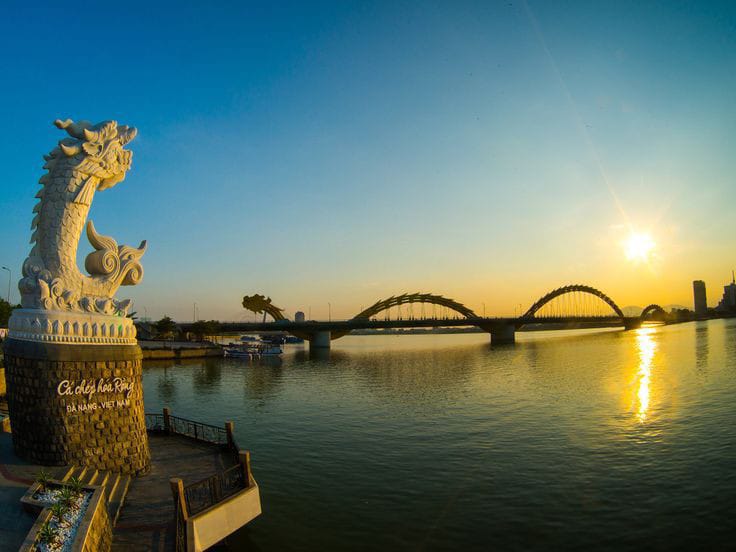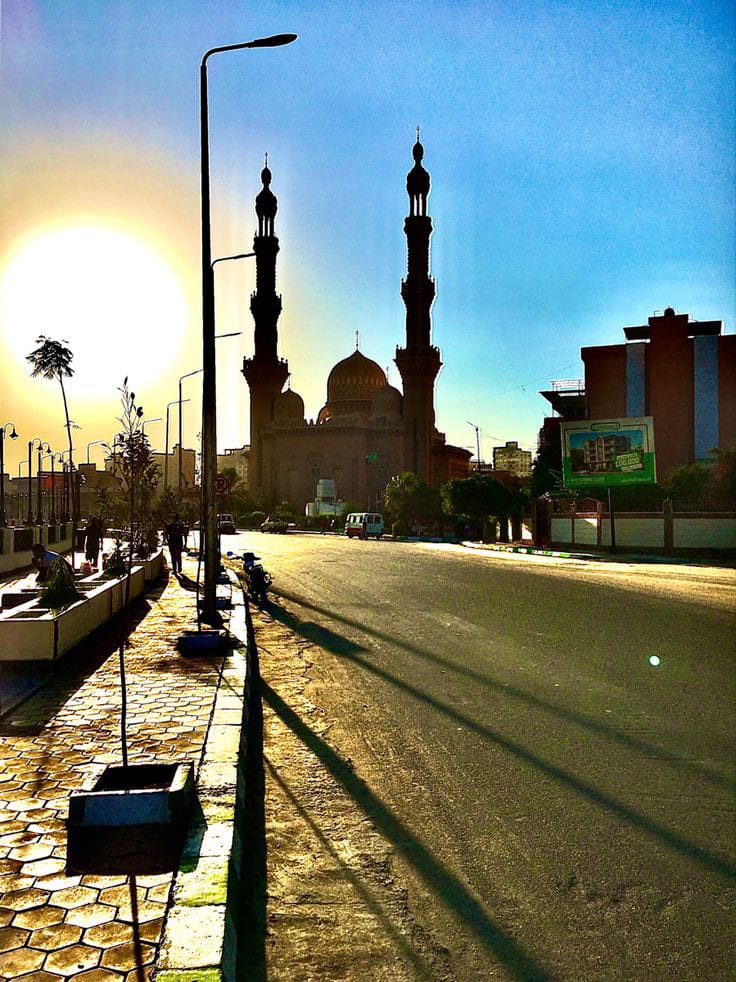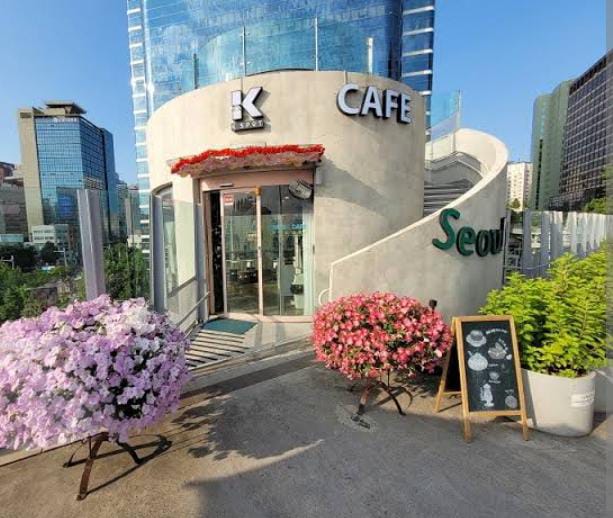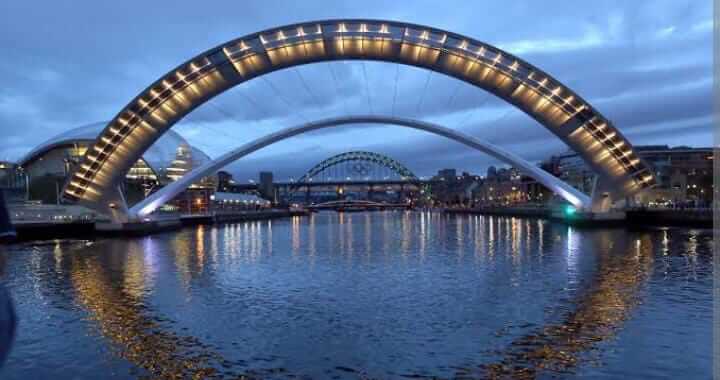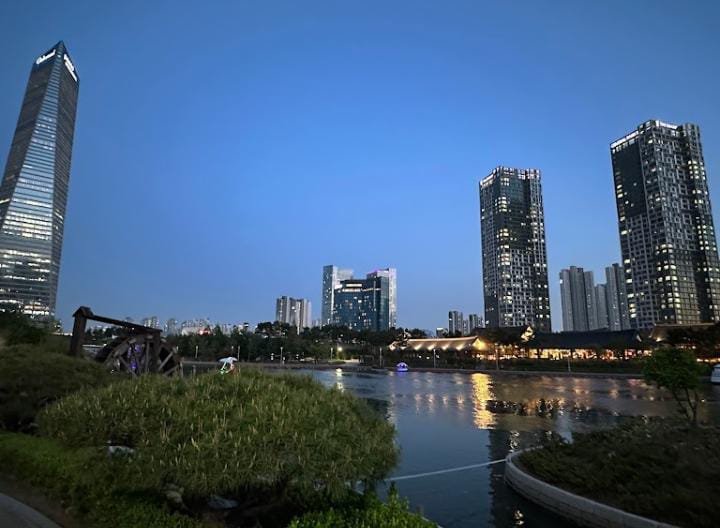Ultimate History Of Vietnam
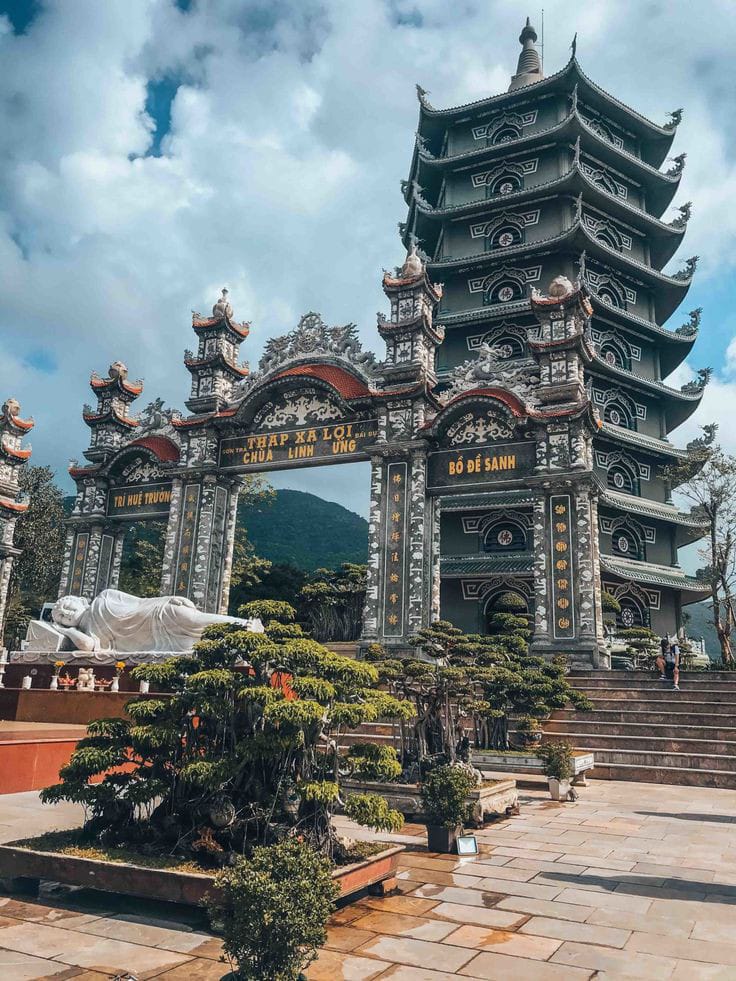
Vietnam City’s History: A Journey Throughout Eternity
Vietnam, a country famous to feed its beautiful landscapes, stubborn people, and rich heritage in culture, is also home to vibrant regions that recall times gone by. Hanoi, Ho Chi Minh City (Saigon), and the province of Da Nang are three of these cities that really stand out because of their varied identities. This article guides exactly on an overview of six known Vietnamese cities, showing you the way they transformed as the years passed.
Hanoi: The Eternal Kingdom
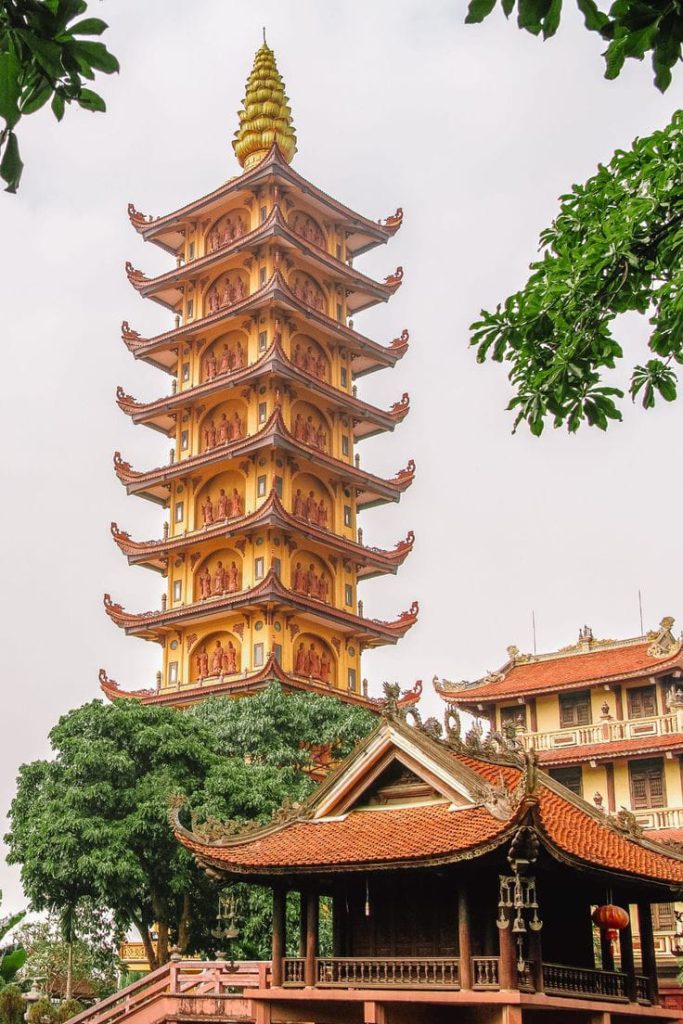
Vietnam’s the primary city, Hanoi, has a rich history that extends over a thousand years. Monarch Ly Thai Into initially designated it the administrative center of the ancient Vietnamese state in 1010, naming it Tang Long, meaning corresponds to “Ascending Dragon.” The city’s name has undergone modifications on multiple occasions along the ages, an indicator from its turbulent recent history. With the power source The designer dynasty restaurant it originated as Dong Kinh is, and in 1831, the Nguyen rulers called it Vietnam.
Hanoi was always a center of both society and politics. Successive kingdoms made an effect upon the city, affecting the customs, civilization, or architectural. Western style of building emerged throughout the French colonization period, that commenced in the later part of the 19th century as well as led to the extravagant thoroughfares as well as colonial homes that the remain standing until. Hanoi, the political center of the separate democratic nation of Vietnam, proved crucial to the end result of the Vietnam War and the loss of the French in 1954, as amended.
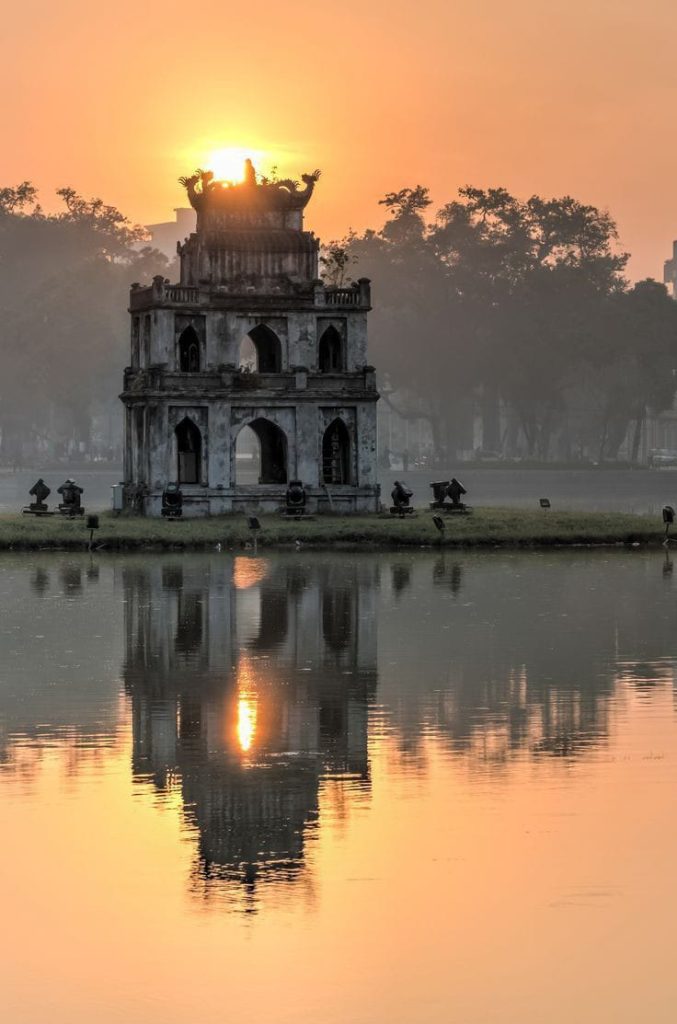
Hanoi is an amalgam between the past and the today, with buildings and busy marketplaces for physical mingling alongside ruins of temples and monasteries. Although neighbourhoods like Hoan Kiem Lake offer a calm reprieve from the hustle bustle of the center of town, the quaint Old Quarter, packed with curving paths as well as ancestral homes, gives a window into the past of the town’s history.
From Saigon to a Modern the Metropolis: Ho Chi Minh City
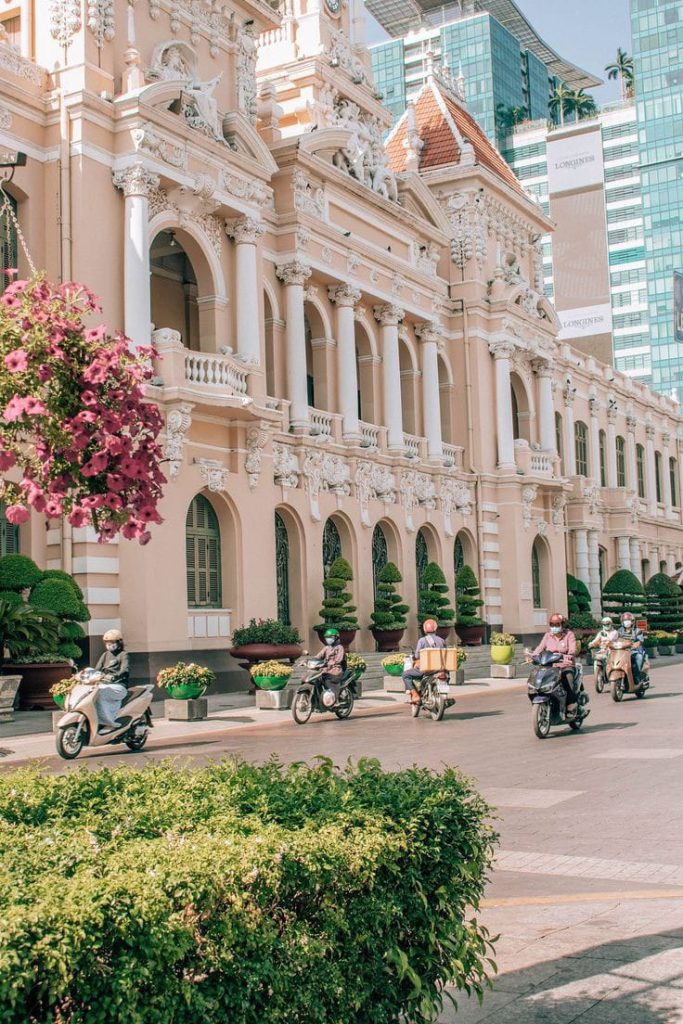
The largest metropolis major financial hub for Vietnam is Ho Chi Minh metropolis, previously referred to as Saigon. the capital’s beginnings started in Prey Nokor, an obscure Khmer fishermen town, sometime in the late sixteenth century. Their Audi Lords of Vietnam continued to advance southern in the latter half of the 1600s, when the region was eventually included within the larger Vietnamese monarchy.
During vietnamese Nguyen dynasty’s rule of thumb, Vietnam had grown become an established port city by the 19th century. Still, the capital’s real golden age occurred throughout the French colony era. Boasting its wide streets, elegant constructions, and modern transportation systems, the French transformed it into a bustling city that gained the moniker “The French capital of the East.”
As the capital of the nation-state of Vietnam (South Indochina), this town proved crucial to the Vietnam Conflict. In honour of the communist the hero Ho Chi Minh, Saigon became Ho Chi Minh City onto being seized with North Vietnamese forces in the year 1975.
Ho Chi Minh City is a prospering capital today, notable for its high-rise structures, revolutionary advantages, as well as vibrant street life. Monuments that tell an aspect of the city’s historical heritage includes the War Remains Museum, the Notre Dame Cathedral Basilica of Saigon, Vietnam and Reunification Palace.
Da Nang: A Seaside Treasure with a Rich History

Central Vietnamese seaside city Da Nang has a long history dating back to prehistory. It was originally a part of the affluent Champa Kingdom, who existed from the beginning of time until the fifteenth century. Hindu in origin, the Cham people constructed incredible shrines and building materials, some of which are still standing today, such as the My Son Sanctuary.
Da Nang beginning expanding as an important trading hub in the sixteenth century, bringing merchants from China, Japan, and Europeans. Under the Vietnamese dynasty the municipality continued to expand and in the 19th century, it established as a major French imperialist colony.
As an integral base used by Americans as well as South Vietnamese actions, Da Nang proved essential to the wartime effort. Due to its wide harbor and its close vicinity to important tactical areas, the town proved strategically significant through the event.
Throughout the end of the conflict, Da Nang emerged into one of the largest and most alive towns in the country renowned for its picturesque coastline, modern buildings, and quickly expanding population. Places like the Marbles The Rocky Mountains, a group of hills made of slate and marble that are home to caverns and temples, and the Cham Museum, which has the greatest collection of Cham relics in anywhere, are examples of how the city’s history is retained.
In addition to providing a distinctive window into the country’s past, Hanoi, the capital Ho Chi Minh City, and Da Nang are symbols of the nation’s amazing resiliency and development. You’re wandering through years of culture that have made Vietnamese into the dynamic country it is today, whether you’re experiencing the colonial architecture of Ho Chi Minh City, lazing on the beaches of Da Nang, or exploring the narrow alleyways of the city of Hanoi Old Quarter.
